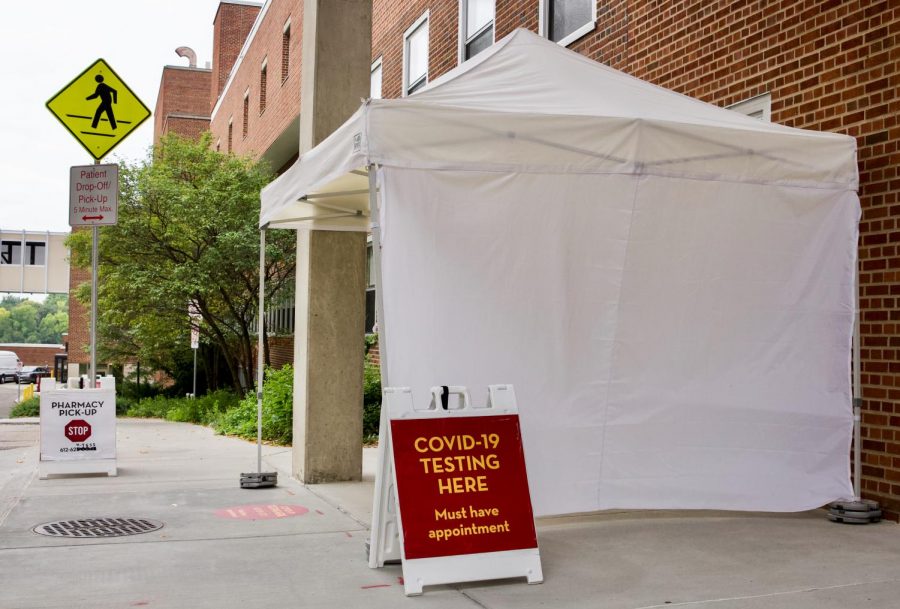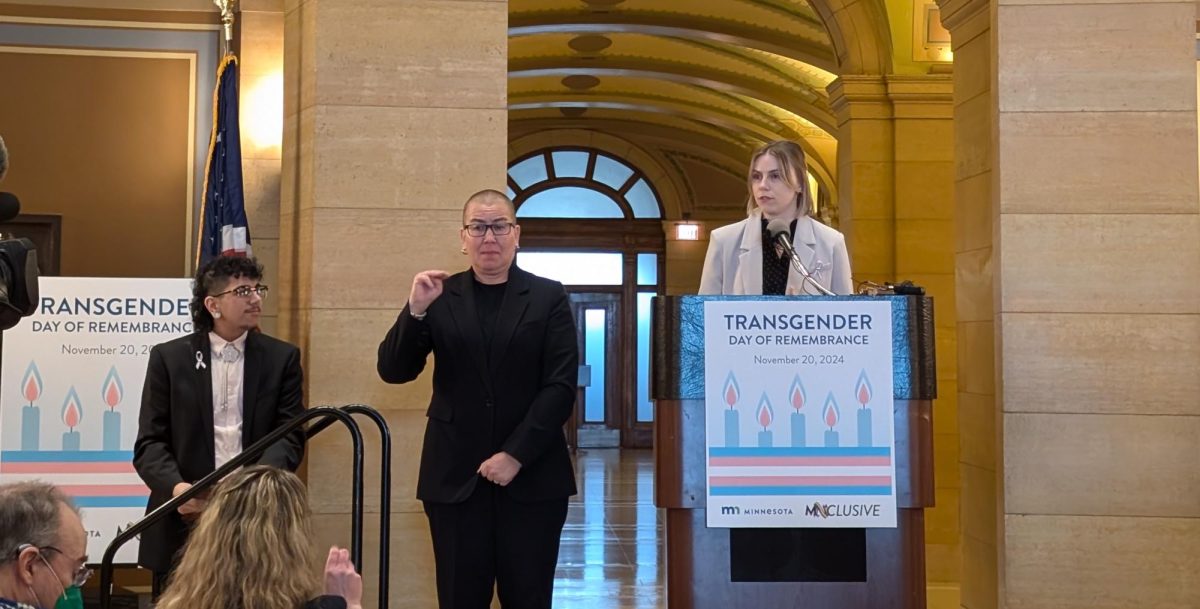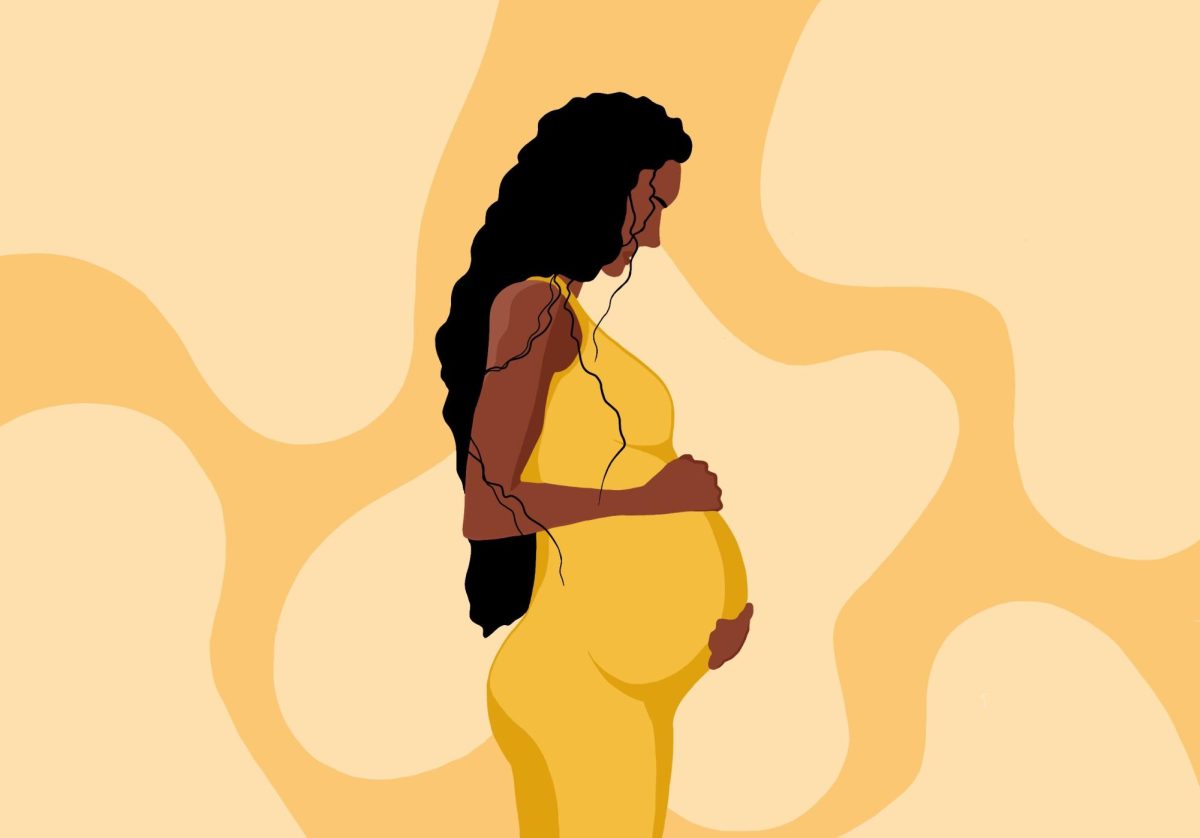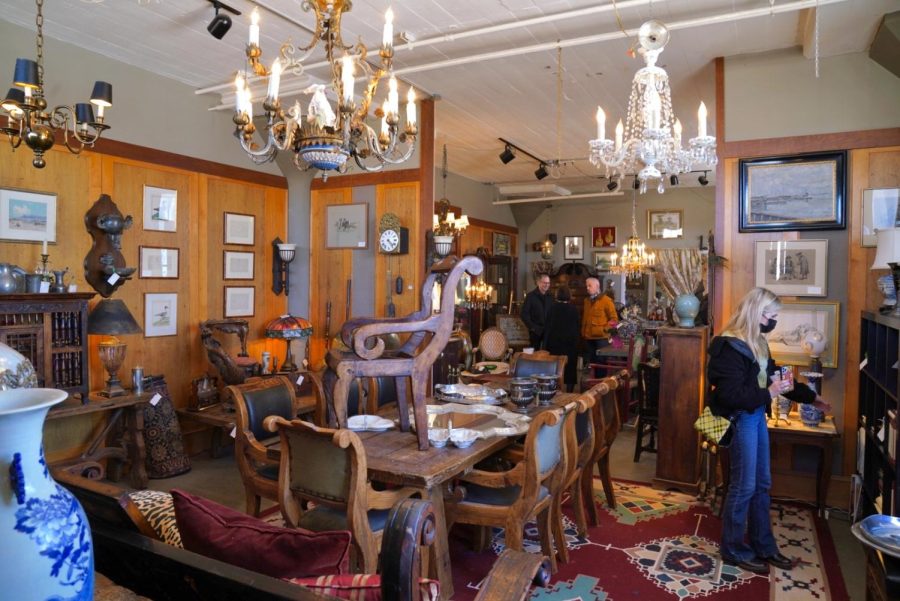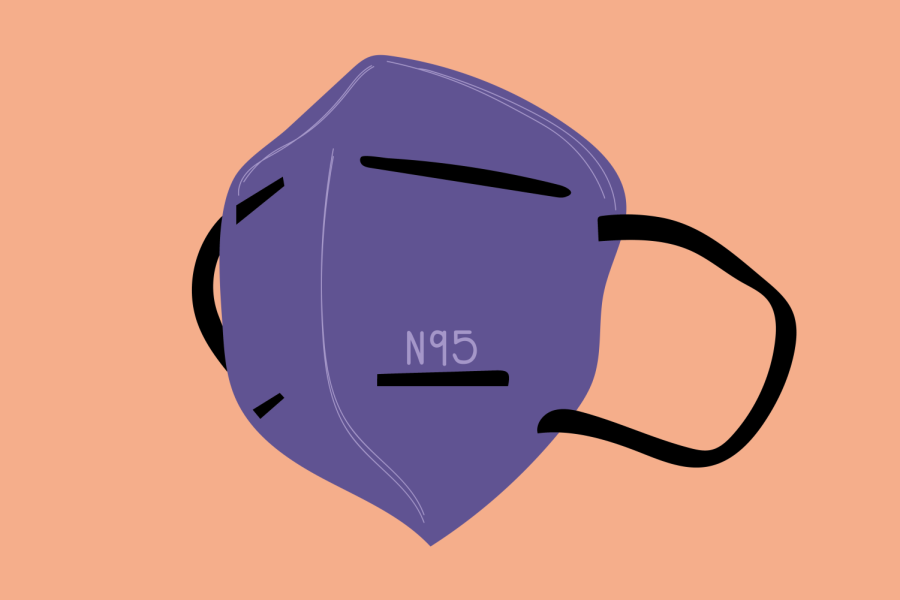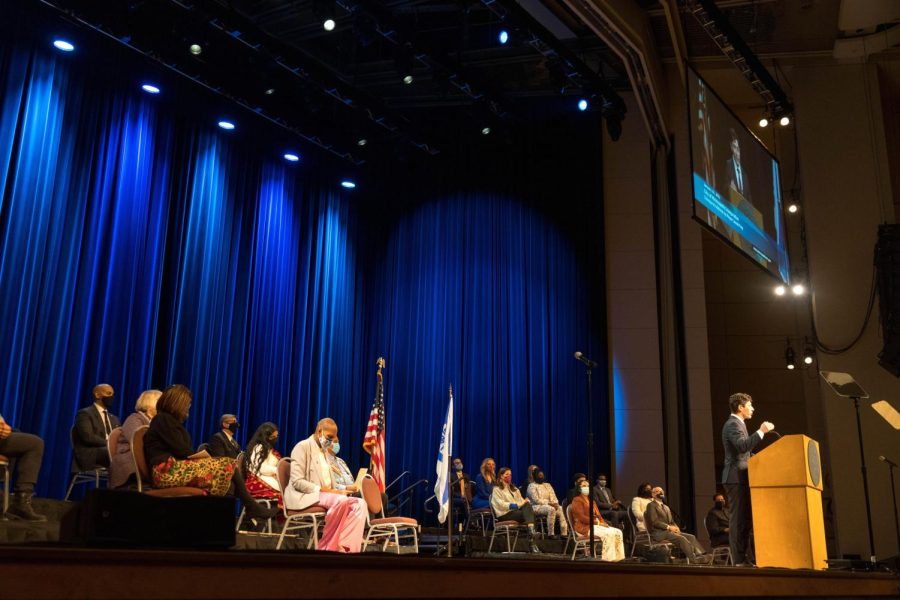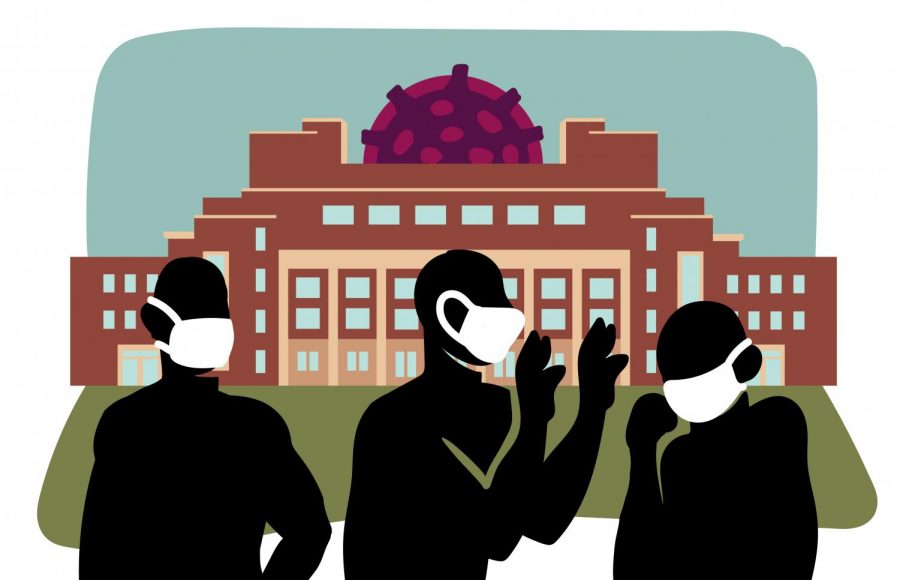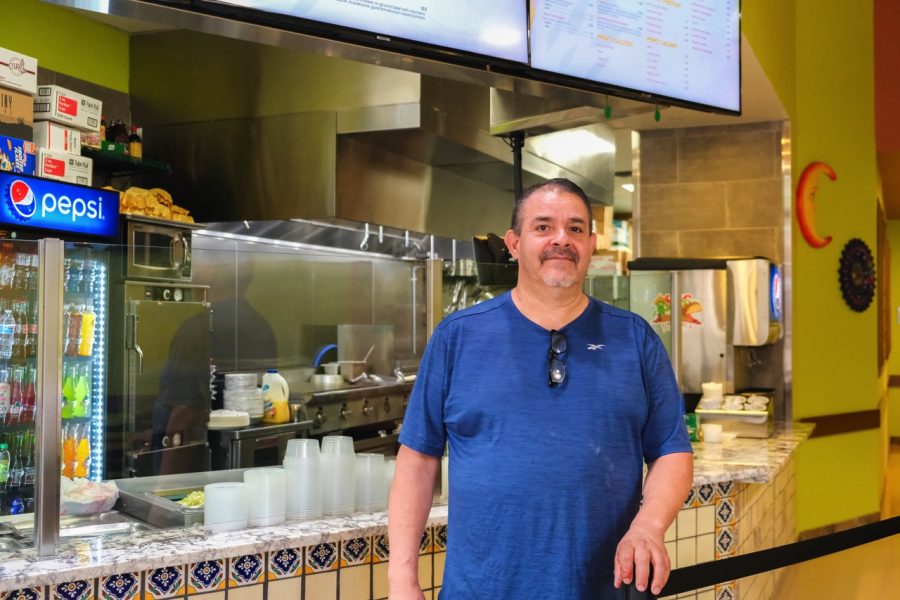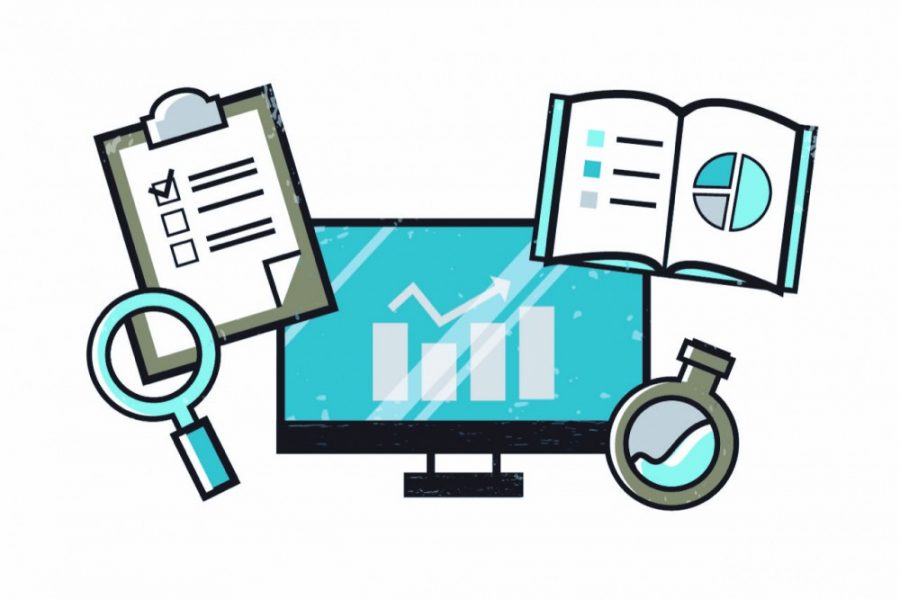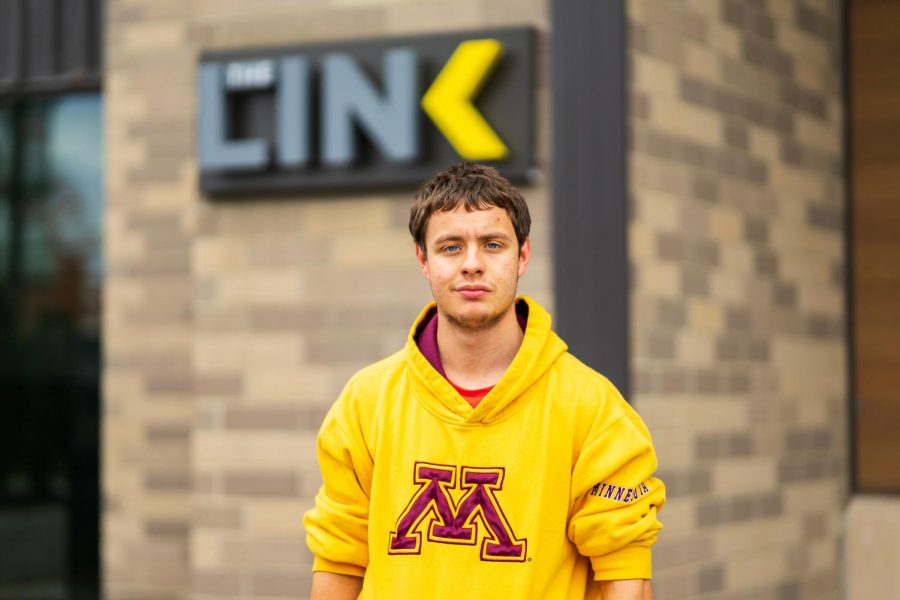With the fall semester starting up, the University of Minnesota and other Big Ten schools have taken varied steps to reopening campus in the middle of the COVID-19 pandemic.
Like some schools, the University readjusted its fall reopening schedule and course delivery plans, having delayed in-person options and first-year residential move-in by two weeks. But because colleges around the country have faced unique challenges amid the pandemic, a direct comparison is difficult.

Note: The Indiana University COVID-19 dashboard tracks positive case numbers through multiple testing methods. Though the numbers are available, a single testing category is not accurately representative of IU’s test-to-positive ratio. (Motasem Kadadah)
For example, University of Maryland also decided to delay reopening and in-person courses for the first two weeks of their semester. Alternatively, the University of Wisconsin-Madison had to revert back to all online/remote learning after the start of term due to some university members not following COVID-19 safety precautions, causing local positive case rates to rise exponentially.
Most schools continue to offer some mix of online/remote, in-person and hybrid learning options. Nearly all Big Ten schools are primarily online/remote with in-person exceptions.
All Big Ten universities have implemented COVID-19 dashboards to track testing, positive case numbers and quarantine/isolation rooms, among other things. Each dashboard is affected by different factors, such as the health standards in that state, the testing availability at each university and the time it has been live, among other college-specific factors.
As of Friday, the University has completed more than 3,000 COVID-19 tests of students and non-students, with just over 100 positive cases among students. In the week of Sept. 11-17, 210 tests were completed with 19 positive student cases — about 9%, between students and nonstudents.
In the weeks prior to this, there were never more than four positive cases out of about 100 tests per week — meaning a dramatic increase of positive test rates happened during the second week of classes.
The University’s own dashboard went live Aug. 28, only updates on Fridays and only looks at numbers of voluntary tests and positive cases reported out of the campus clinic, Boynton Health. However, several other universities have implemented much more extensive features.
Many schools — like Penn State University and the Ohio State University — required some pre-arrival testing and clearance before a return to campus. Schools like the University of Illinois require strict testing and symptom updates regularly.
Big Ten institutions have also implemented certain unique initiatives to help students continue their education through the pandemic, including new online course options, increased financial aid options and mentorship programs, among others.
The University of Minnesota has helped provide and distribute CARES Act funding and set forth a tuition freeze for the 2020-21 school year.
Unlike the University, some schools — like University of Illinois and University of Nebraska-Lincoln — have implemented tuition or fee adjustments/caps based on things like household income or online/remote coursework status.
Editor’s note: This article has been edited to include updated numbers on testing and confirmed COVID-19 cases.


